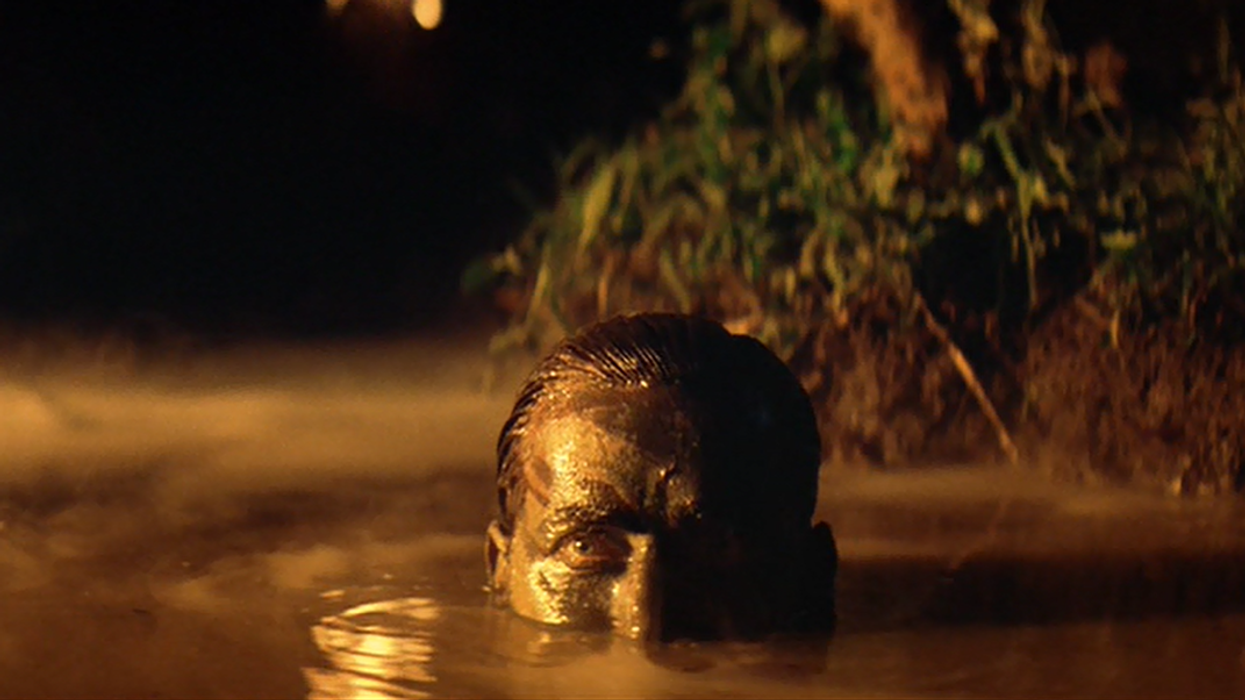Intriguing Editing Tips from Oscar-Winning Editor Walter Murch
As an Oscar-winning editor and sound designer who has worked on films like THX 1138, Apocalypse Now, and The English Patient, it's pretty safe to say that Walter Murch is a true master of his craft.

In this interview with thefilmbook's Benjamin B, Murch shares a ton of great information about his approach to editing, the benefits of standing while working, and why he thinks editing is like cooking, conducting, and surgery.
Here are a few takeaways from the interview:
Standing gives you a better sense of time
Murch edits on an old IKEA drafting desk and stands about half the time. The reason for this is partly because it's reminiscent of editing on an upright Moviola, but he says standing also gives him a better sense of time. He explains how working as an editor is a lot like being a chef, orchestra conductor, and a surgeon — you're combining elements, directing the "sustained moments", and deciding where to cut, as well as what needs to be taken out and left in. And typically when you cook, orchestrate, or do surgery you stand. He thinks this is because standing gives you a better sense of time.
"Cooking, surgery, conducting — you have to feel time. And I just think it's a natural response when we're feeling time to want to stand. And that's why I stand."
Pro Tip: Cut on the uplift of a step
If you've ever wondered when to cut a shot of someone walking, Murch shares his secret. "Step, step, cut." So, give your subject two steps, and on the "uplift" of the third, that's where you cut. This is only if you want to avoid drawing attention to your editing; Murch suggests cutting right on the third step if you want to emphasize it. Try it! See if it works for you.
Try to hit the same frame 3 times in a row
Can't tell if you should cut on a certain frame? Murch has a great tip on how to find out. He says play your clip, hit stop where you think you should cut, and read the timecode to find out which frame you land on. Then, rewind and do it again. If you land on the same frame, it's most likely the right one. If you're not hitting the same one, it might be because you're subconsciously telling yourself something is wrong with cutting there. He also says that this is a good exercise for learning how to be able to hit the same frame over and over again.
"The ability to hit the same duck at the penny arcade three times in a row when the ducks are going by 24 times a second, that's beyond your conscious control. You can't do that intellectually. You can only do that musically — if you're responding to the rhythm."
The Walter Murch Process
When Murch sits down (or stands up) to edit, he first screens the shots, takes notes, and edits scenes with the sound off. He then refines the edit, then refines again, but all of this is done without any sound. He says that some interesting things happen when he turns the sound on.
"70% of it will be fine. 10% will be wrong — words will get cut off in the middle or something, and I just note, 'Fix this.' But another 15% will actually be really interesting, because it happened by chance. I may have used a reaction shot from somewhere else in the scene — then there was a line of dialog or even a sound effect that happened at that moment that I never would've done on purpose, but now that I hear it I think, 'Oh, that's kind of interesting.'"
You can thank Walter Murch for Adobe Premiere's "dynamic trimming" feature
Yeah, he went to Adobe's offices in San Francisco to let them know he was interested in Premiere, but noticed it didn't have any dynamic trimming feature. A few months later, it did. Thanks, Walter!
Source: thefilmbook









![Ethos, Pathos, Logos: 20 Effective Ways to Advertise [Infographic]](https://nofilmschool.com/media-library/ethos-pathos-logos-20-effective-ways-to-advertise-infographic.jpg?id=34064614&width=600&height=600&quality=90&coordinates=560%2C0%2C0%2C0)



